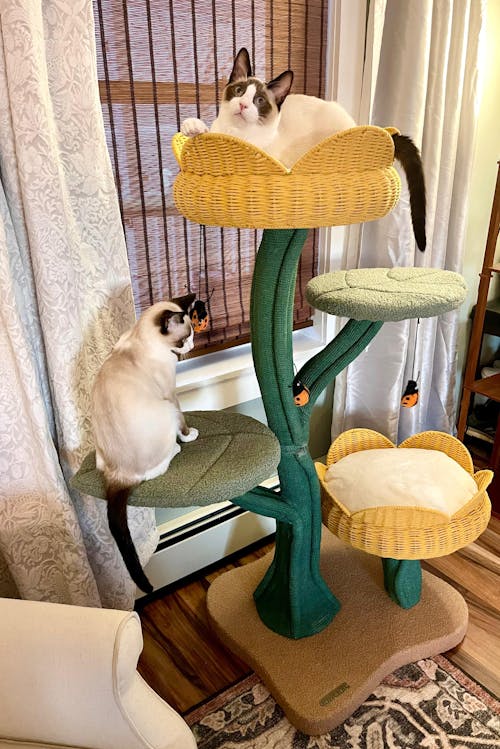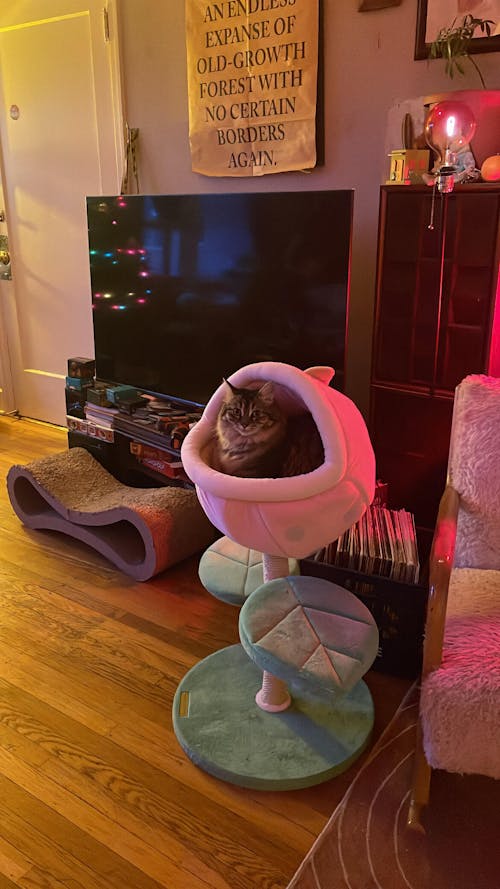 As Seen On
As Seen On

 Our Blog
Our Blog

All you want to know is here
Read moreThe Secret Dreams of Sleeping Cats
There is a certain magic in the way a cat sleeps.Curled like a comma on a windowsill, stretched languidly across a patch of sunlight, or hidden inside a cardboard box — each posture a silent poem, each nap a small act of trust.
In the quiet world of a sleeping cat, there is more happening than meets the eye. Their poses, their little sighs, the twitch of a paw — all whisper secrets about their inner life. Let’s step softly into that world and see what their sleeping positions reveal.
The Loaf: Waiting Between Dreams
Tucked neatly into themselves, paws hidden beneath their chest, a cat in a loaf pose is like a warm, breathing sculpture.
It speaks of comfort, but also readiness.A cat loaf is resting but not yet surrendered to deep sleep — a sentinel napping between worlds, dreaming with one ear still open.
In this shape, they are peaceful, but alert enough to rise at a moment’s notice — a living ember, glowing quietly.
The Crescent Moon Curl
Tail wrapped like a scarf, nose tucked beneath a paw, a cat curls into the smallest possible version of itself.
This ancient pose is a memory of wild nights under open skies, when warmth meant survival and smallness meant safety.
Today, it is often simply about coziness.Your cat curls because it feels safe enough to be small, to be soft, to disappear into warmth and fur and dreams.
Belly Up: A Silent Song of Trust
When a cat sleeps belly-up — paws akimbo, chin lifted — it is offering you a profound, wordless gift.
The exposed belly, the most vulnerable part of the body, is rarely shown except in places of absolute safety.This pose is a lullaby of trust, sung in stillness:“I am home. I am unafraid.”
But beware — a belly shown in sleep is not necessarily a belly asking for touch. Admire, smile, and let the dreamer be.
The Side Stretch: A Gentle Surrender
Sprawled on one side, paws extended like a painter’s brushstrokes across the floor — here is a cat who has drifted deep into dreams.
Side-sleeping is a position of pure surrender.The body stretches into the world without tension, without fear, open to the touch of a passing breeze or the warmth of a fading sunbeam.
You might even see twitching whiskers or tiny running motions — signs that your cat is chasing dream-prey through misty fields known only to them.
Paw Over the Eyes: Soft Shields Against the World
Sometimes, your cat will shield its face with one paw, like a small, furry mask.
This is both practical and poetic: a way to block out light, to deepen darkness, to say,"Not now, world — I am wandering through sleep."
It’s a reminder that even in rest, cats choose their boundaries with elegant precision.
Tangles of Love: Cats Sleeping Together
When two or more cats sleep entangled — tails weaving, heads resting on each other’s paws — they are painting a portrait of trust and affection.
In the wild, cats rarely sleep together unless they share a strong bond.In your home, such a sight is a quiet blessing: your cats telling you, in their ancient language,"Here, we are family."
When Sleep Speaks of Sickness
While most poses are signs of happiness, sudden changes can hint at hidden discomfort:
Hiding to sleep when they usually sprawl
Sleeping on hard, cold surfaces when they once sought warmth
Restlessness or inability to settle
If you notice your cat sleeping differently, listen closely — it might be time to visit your vet. In the language of sleep, distress often speaks first.
Crafting Dreamscapes for Your Cat
A cat’s dreams deserve a stage as beautiful as their spirit.Offer them soft blankets kissed with your scent, tall towers to nest in, and sunny windows where dreams and light can dance together.
Let their beds be safe harbors, and their dreams, golden ships.
Final Thought: Sleep, the Art of Trust
Every nap is a tiny act of faith.Every outstretched paw, a whispered promise that here, in your home, they have found peace.
So next time you see your cat sleeping — in a loaf, a spiral, a joyous sprawl — pause.Breathe in the stillness.You are witnessing something sacred:a small, fierce heart at complete and utter rest.
Why Does Your Cat Keep Disappearing? The Psychology Behind Hiding
You turn around — and your cat is gone. Not a paw in sight. After some frantic searching, you find those glowing eyes peeking out from a drawer or box like it’s the most normal thing in the world.
Sound familiar? Cats have a long history of “playing hide-and-don’t-seek,” and it’s more than just a cute quirk — it’s deeply rooted in their instinct and psychology.
Let’s dive into why your cat keeps disappearing, and when you should be concerned.
🧬 It’s in Their DNA
Cats are both hunters and prey in the wild. That means they’re wired to hide — whether it’s stalking a bird or avoiding a bigger predator.
Even indoor cats retain this instinct. Enclosed, quiet spaces give them a sense of control, security, and calm. Research shows that enclosed hiding spaces can reduce feline stress levels, especially during change or chaos.
😼 6 Common Reasons Cats Hide
Reason
What It Looks Like
What To Do
1. Stress
Hides during visitors, loud noises, or moving
Use pheromone diffusers; create cozy, quiet hiding zones
2. Illness or Pain
Hides for over 24 hours, avoids food or water
šØ Visit the vet immediately
3. Territory Conflict
Avoids certain areas or other cats in multi-cat homes
Follow the "N+1 rule" ā€” one extra bowl, bed, litter box per cat
4. Overstimulation
Retreats suddenly after petting or play
Give space; let your cat recharge in peace
5. Fear
Hides during thunderstorms, vacuuming, or unfamiliar scents
Offer a dark, safe shelter with low noise and traffic
6. Curiosity
Crawls into bags, boxes, furniture gaps
Normal behavior ā€” just cat-proof risky hiding spots
Not all hiding means something is wrong — but it’s good to understand what’s going on beneath the surface.
🛑 Red flag: If your cat is hiding and also skipping meals or acting lethargic, it’s vet time.
🏆 Top 10 Weirdest Cat Hiding Spots
Based on stories from cat parents around the world, here are some of the most “how did you even get there?” spots:
Behind the microwave cabinet
Inside the kitchen exhaust pipe
Cosplaying as a plant in a flowerpot
Between the mattress and box spring
In suitcases, laundry baskets, and drawers
Inside the couch lining
Behind heavy books on shelves
Inside a backpack
Wrapped in curtains, perfectly still
Buried under freshly folded laundry
🏡 How to Create the Perfect Hiding Spot (So They Stop Using Yours)Instead of fighting the behavior, embrace it — and make it safe.
✔️ Step 1: Go VerticalInstall cat trees or window shelves. High-up spots = happy, secure cats.
✔️ Step 2: Build the Perfect HideawayA great cat hideout includes:
Privacy (semi-enclosed)
Visibility (small peek-hole)
Exit route (never trap them inside)
✔️ Step 3: Scent MattersSkip strong cleaners like citrus or mint. Instead, line hideouts with old T-shirts or blankets that smell like you — it makes cats feel calm and safe.
😻 It’s Not Rejection — It’s Recharging
Your cat hiding isn’t a personal snub. It’s just their way of feeling safe, in control, or taking a break from sensory overload. Respecting their space will actually build trust over time.
So the next time your feline vanishes into thin air — smile. They’re not gone. They’re just recharging in their secret lair, plotting their next snack mission.
💬 Tell us: What’s the weirdest place your cat has ever hidden?

Is Cat Litter with Coffee Grounds Really Safe? A Comprehensive Look
Has your cat’s litter box started smelling like a coffee shop lately? Well, that coffee ground litter for cats is a new thing that’s been making the rounds as people claim that it’s better for odor control, and helps support eco-friendly policies. But are wonders really true? This blog post will look at the pros and cons of coffee ground cat litter and the effective measures you can take for your cats' well-being when using it.
1. What Is Coffee Ground Cat Litter?
Product Introduction
Coffee grounds cat litter is a biodegradable litter containing used coffee grounds mixed with a base material like tofu. This combination aims to neutralize odor better than traditional litter, and limit waste by reusing the coffee grounds with another life as an effective litter option. There are some brands that include odor-neutralizing natural ingredients, such as yucca extract and baking soda, to give the litter even greater odor-fighting power.
How It Works
So, how does coffee powder work for cat litter?
Physical Adsorption: Because of their porous structure, coffee grounds can remove odors, and the porous structure enables them to trap odor-causing molecules like ammonia.
Chemical Breakdown: Ingredients such as yucca extract assist in the breakdown of some chemicals, such as hydrogen sulfide.
Neutralization: So baking soda or similar compounds can reduce some odors that make using the litter box unpleasant for both you and your cat.
Key Advertised Benefits
The manufacturers emphasize three benefits:
· Fewer Odors: Many owners claim that there is less smell in the vicinity of the litter box because of the coffee used, which is a consequence of the coffee’s granular structure.
· Recycling Benefit: Those wishing to market their products as environmentally friendly appreciate the fact that using coffee grounds reduces the volume of waste sent to landfills.
· Strong Absorption & Clumping: These products absorb liquids very rapidly and form rigid clumps that can be easily removed.
2. Is Coffee Ground Cat Litter Safe for Cats?
Potential Risks of Caffeine
Yes, coffee is dangerous to cats because they cannot metabolize caffeine. Even a tiny dose can lead to poison-like symptoms such as vomiting, agitation, or tachycardia. In rare situations, it could be lethal. This is why, at first glance, the thought of adding used coffee grounds to cat litter raises concern. Coffee ground cat litter manufacturers, however, use a decaffeination process nowadays.
Take, for example, some popular brands that guarantee their clients absolutely caffeine-free coffee grounds. This process is intended to mitigate the possible chances of suffering from caffeine toxicity. While it may not be guaranteed that each product will have the same assurance, many reputable companies do provide some form of certification or lab evidence supporting claims of caffeine-free or very low caffeine levels.
Will Cats Try to Eat It?
Most adult cats tend to show no interest in snacking on their litter. However, kittens and overly curious cats may lick or taste litter if its scent or texture is appealing. Choosing a brand with food-grade, non-toxic ingredients makes occasional licking much safer. With that aside, look for strange behaviors like excessive chewing or swallowing of the litter. If these signs are present, switching back to something more familiar or discussing with your veterinarian is advisable.
Does It Affect Respiratory Health?
Unlike many clay-based litters, high-quality coffee ground litter tends to be low dust. Many consider this to be beneficial for a cat’s respiratory system and anyone suffering from allergies. Some people, particularly pet owners, have strong aversions to overpowering scents. If your cat starts sneezing around the litter box or refuses to go anywhere near it, they are likely reacting to the coffee aroma, not dust particles.
Will Cats Accept Using It?
Felines are creatures of habit, and introducing a new type of litter may sometimes backfire. A few cats might love the scent of coffee, but a number of them will not step into it. Blending the new litter with some of the old one first, and shifting the ratio later is suggested by experts. This allows your cat to acclimate to the new texture and scent, lessening the chances of them avoiding the litter box completely.
3. How Does Coffee Ground Cat Litter Affect Owners and the Environment?
Benefits for Owners
· Better Odor Control: A lot of people say that this odor does not stand a chance against coffee ground litter. It is said to be better than both tofu and clay litter, fighting the ammonia odor as well.
· Less Dust: Reduced dust levels improve the cleanliness of a house, which is beneficial, especially when the owner or the cat has allergies or some sensitivity.
· Ease of Use: Effective clumping mechanisms can make Cleaning the litter box less physically intensive and more straightforward.
Environmental Effect
· Biodegradable: Tofu ingredients and coffee grounds decompose naturally, meaning there will be fewer synthetic materials in landfills.
· Flushable Options: Some manufacturers claim their litter is flushable, but it is advisable to check your plumbing system before trying this.
· Waste Minimization: By reusing coffee grounds, these products help cut down on agricultural waste, appealing to eco-conscious pet owners looking for practical ways to go green.
4. How to Choose and Use Coffee Ground Cat Litter Safely
How to Choose Safe Coffee Ground Litter
· Choose trusted companies: Look for ones that can guarantee their coffee grounds are fully decaffeinated or are at least caffeine-free.
· Look for low dust levels: Look for product litter dust content as part of reviews or product descriptions. Lesser dust is safe for both cats and humans.
· Check all ingredients: Opt for cat litter with no harmful chemicals or strong fragrances.
Helping Your Cat Adapt
· Gradual Litter Changes: Initially, add 20–30% of new coffee ground litter into the cat’s existing litter, and over one or two weeks, increase it to 100% coffee ground litter.
· Avoid Discomfort: React immediately by going back to the older litter if your cat changes to urinating outside the litter box, showing signs of high stress, or sneezing too much.
· Reward Your Cat: Use gentle praise or small treats when your cat uses the new litter. This helps the cat associate using the new litter to faster adjustment.
Usage Tips
· Limit Litter Ingestion: The most cautious approach should be taken with kittens and younger cats who might attempt to eat the litter. While ingestion in small amounts is usually not a concern, consistent consumption can cause serious issues.
· Observe Health Changes: Cease the use of the coffee litter and reach out to a veterinarian if your cat vomits, has diarrhea, or shows any discomfort.
· Maintain Cleanliness: Cleaning the litter box daily by scooping and completely replacing it as necessary to prevent bacterial growth.
5. Conclusion: Is Coffee Ground Cat Litter Worth Using?
As far as odor control goes, and for cats that get bothered by the scent of strong perfumes paired with dust-free litter, this is best suited for multi-cat households or places that are overly sensitive to smells. It is also an eco-friendly solution. However, the risk of leftover caffeine isn’t decaffeinated, and other cats may have a problem with the smell or prefer to nibble the litter. This litter serves those who wish to adopt a more eco-friendly lifestyle with dependable odor control. Here is a summary of what should be done:
Suggested Steps
· Go by a trustworthy supplier who guarantees the decaffeination is done properly.
· Monitor your cat's reaction during the shift by mixing it with your old litter.
· If you witness any unusual behavior, consult a medical professional.
The Secret Dreams of Sleeping Cats
There is a certain magic in the way a cat sleeps.Curled like a comma on a windowsill, stretched languidly across a patch of sunlight, or hidden inside a cardboard box — each posture a silent poem, each nap a small act of trust.
In the quiet world of a sleeping cat, there is more happening than meets the eye. Their poses, their little sighs, the twitch of a paw — all whisper secrets about their inner life. Let’s step softly into that world and see what their sleeping positions reveal.
The Loaf: Waiting Between Dreams
Tucked neatly into themselves, paws hidden beneath their chest, a cat in a loaf pose is like a warm, breathing sculpture.
It speaks of comfort, but also readiness.A cat loaf is resting but not yet surrendered to deep sleep — a sentinel napping between worlds, dreaming with one ear still open.
In this shape, they are peaceful, but alert enough to rise at a moment’s notice — a living ember, glowing quietly.
The Crescent Moon Curl
Tail wrapped like a scarf, nose tucked beneath a paw, a cat curls into the smallest possible version of itself.
This ancient pose is a memory of wild nights under open skies, when warmth meant survival and smallness meant safety.
Today, it is often simply about coziness.Your cat curls because it feels safe enough to be small, to be soft, to disappear into warmth and fur and dreams.
Belly Up: A Silent Song of Trust
When a cat sleeps belly-up — paws akimbo, chin lifted — it is offering you a profound, wordless gift.
The exposed belly, the most vulnerable part of the body, is rarely shown except in places of absolute safety.This pose is a lullaby of trust, sung in stillness:“I am home. I am unafraid.”
But beware — a belly shown in sleep is not necessarily a belly asking for touch. Admire, smile, and let the dreamer be.
The Side Stretch: A Gentle Surrender
Sprawled on one side, paws extended like a painter’s brushstrokes across the floor — here is a cat who has drifted deep into dreams.
Side-sleeping is a position of pure surrender.The body stretches into the world without tension, without fear, open to the touch of a passing breeze or the warmth of a fading sunbeam.
You might even see twitching whiskers or tiny running motions — signs that your cat is chasing dream-prey through misty fields known only to them.
Paw Over the Eyes: Soft Shields Against the World
Sometimes, your cat will shield its face with one paw, like a small, furry mask.
This is both practical and poetic: a way to block out light, to deepen darkness, to say,"Not now, world — I am wandering through sleep."
It’s a reminder that even in rest, cats choose their boundaries with elegant precision.
Tangles of Love: Cats Sleeping Together
When two or more cats sleep entangled — tails weaving, heads resting on each other’s paws — they are painting a portrait of trust and affection.
In the wild, cats rarely sleep together unless they share a strong bond.In your home, such a sight is a quiet blessing: your cats telling you, in their ancient language,"Here, we are family."
When Sleep Speaks of Sickness
While most poses are signs of happiness, sudden changes can hint at hidden discomfort:
Hiding to sleep when they usually sprawl
Sleeping on hard, cold surfaces when they once sought warmth
Restlessness or inability to settle
If you notice your cat sleeping differently, listen closely — it might be time to visit your vet. In the language of sleep, distress often speaks first.
Crafting Dreamscapes for Your Cat
A cat’s dreams deserve a stage as beautiful as their spirit.Offer them soft blankets kissed with your scent, tall towers to nest in, and sunny windows where dreams and light can dance together.
Let their beds be safe harbors, and their dreams, golden ships.
Final Thought: Sleep, the Art of Trust
Every nap is a tiny act of faith.Every outstretched paw, a whispered promise that here, in your home, they have found peace.
So next time you see your cat sleeping — in a loaf, a spiral, a joyous sprawl — pause.Breathe in the stillness.You are witnessing something sacred:a small, fierce heart at complete and utter rest.









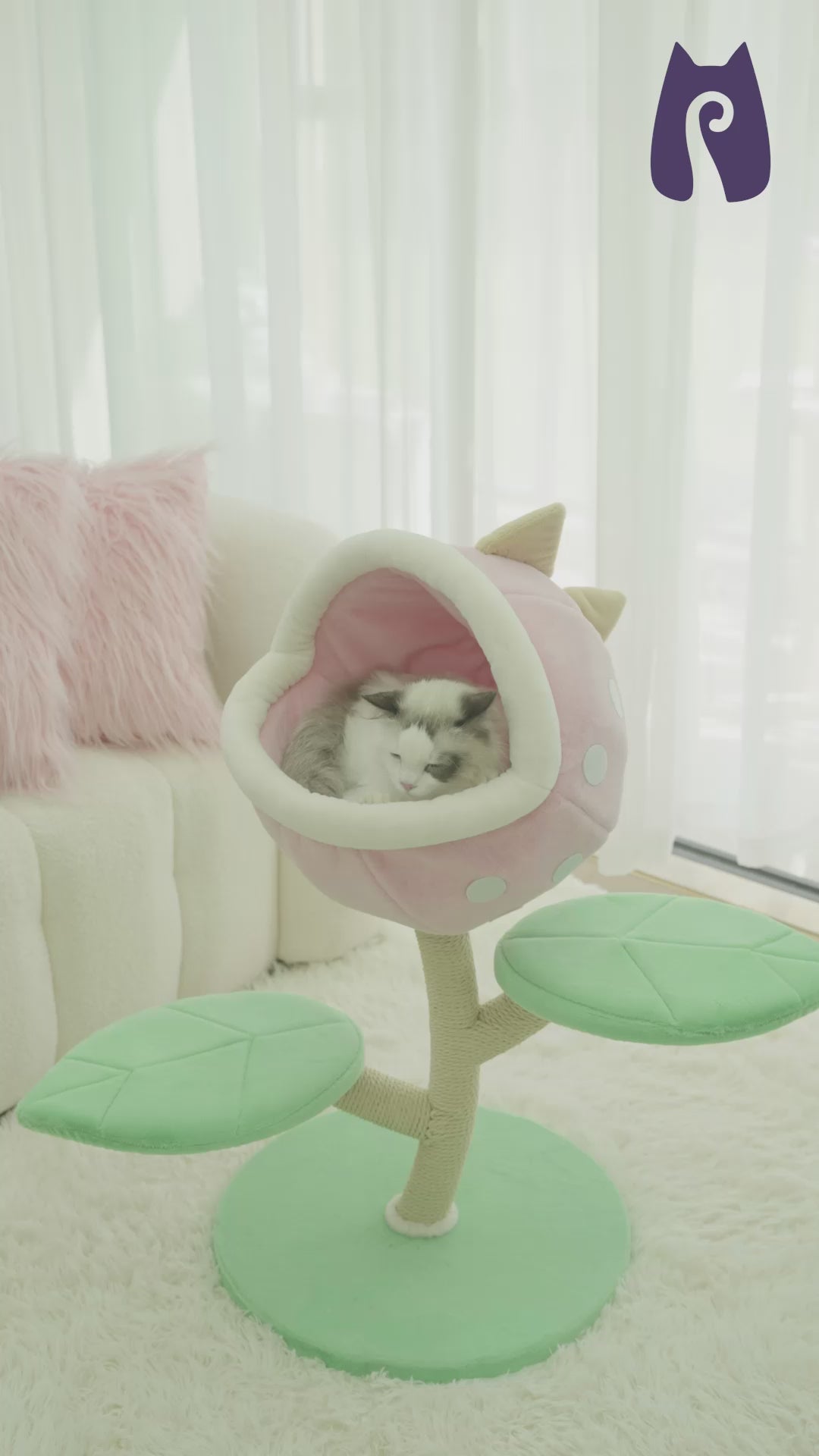
































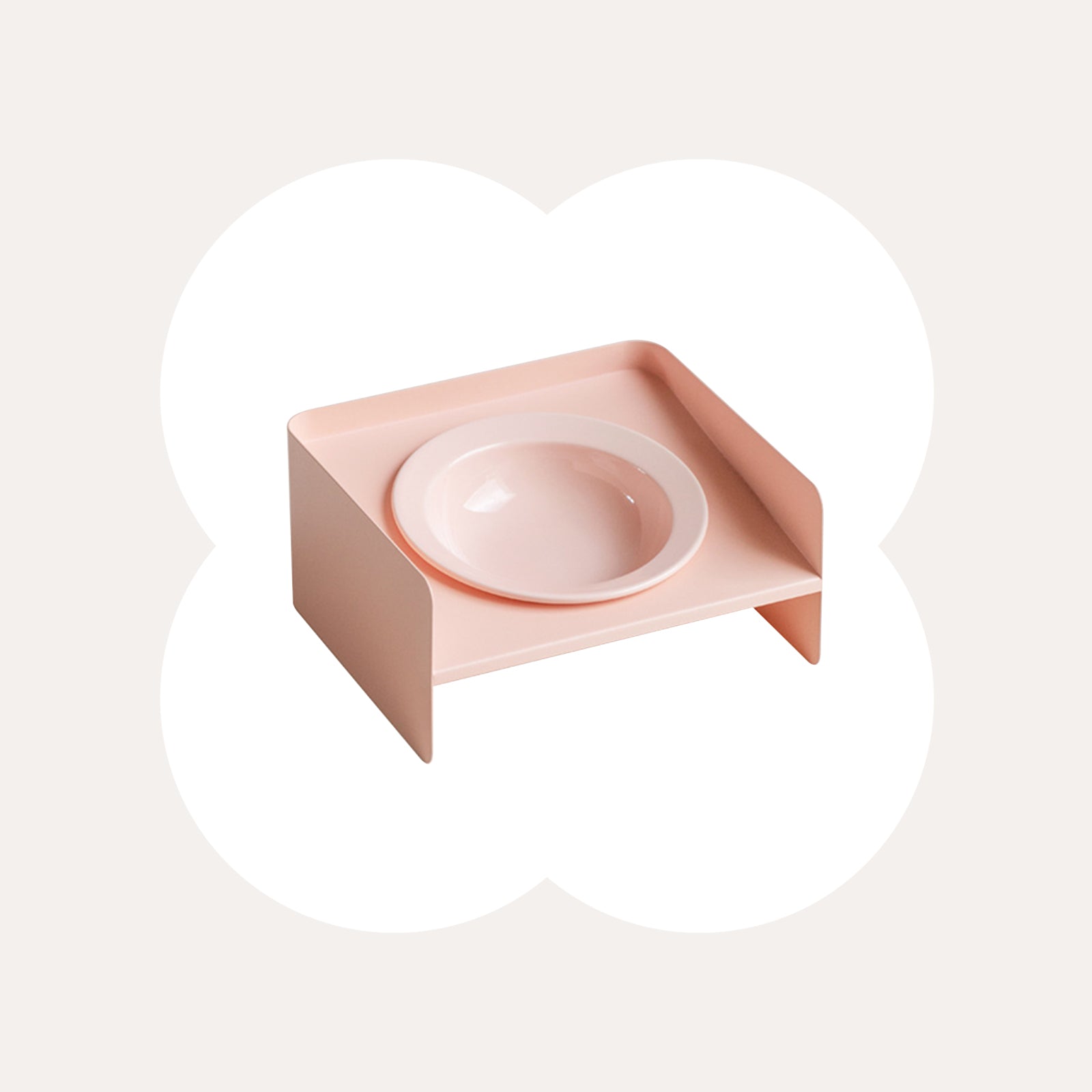
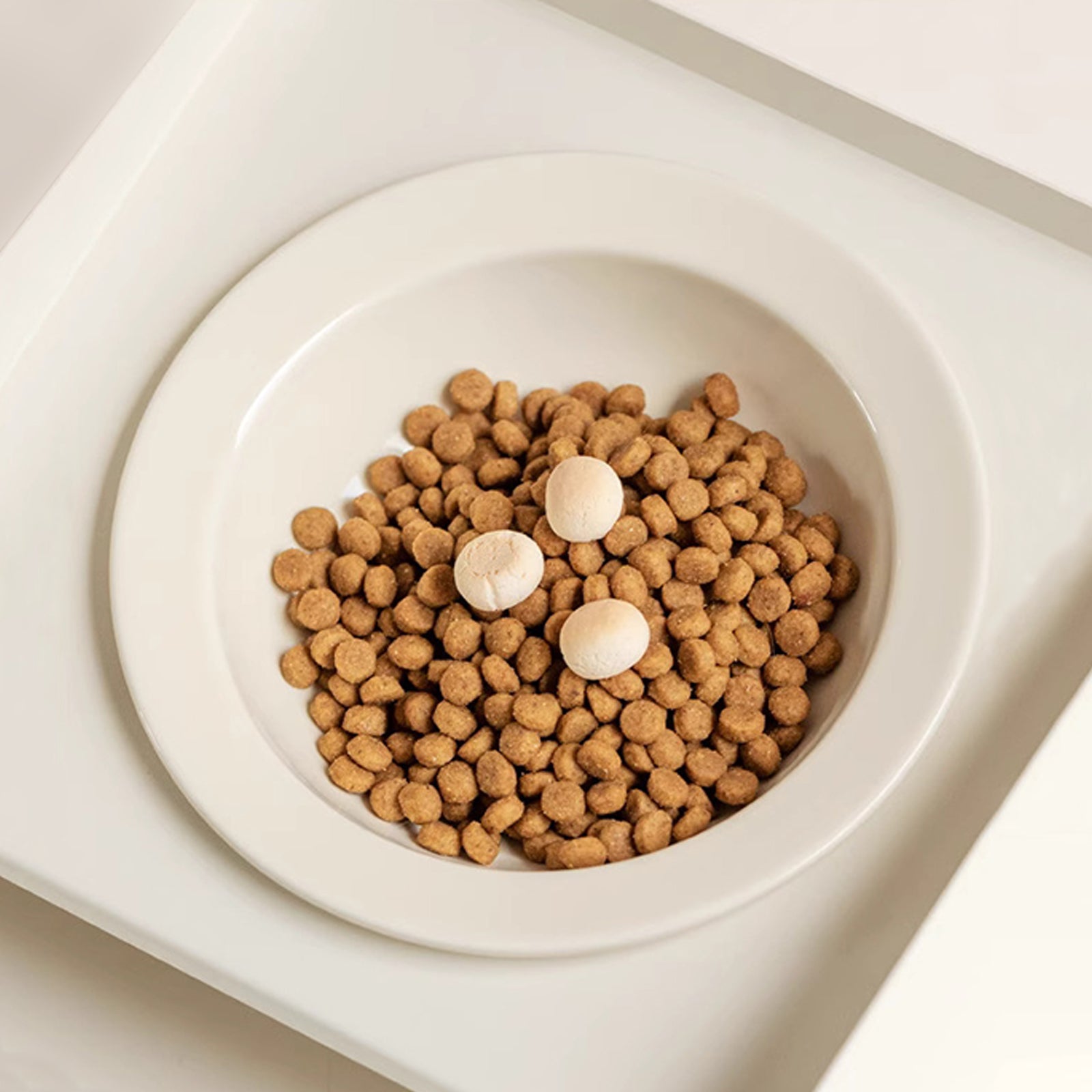

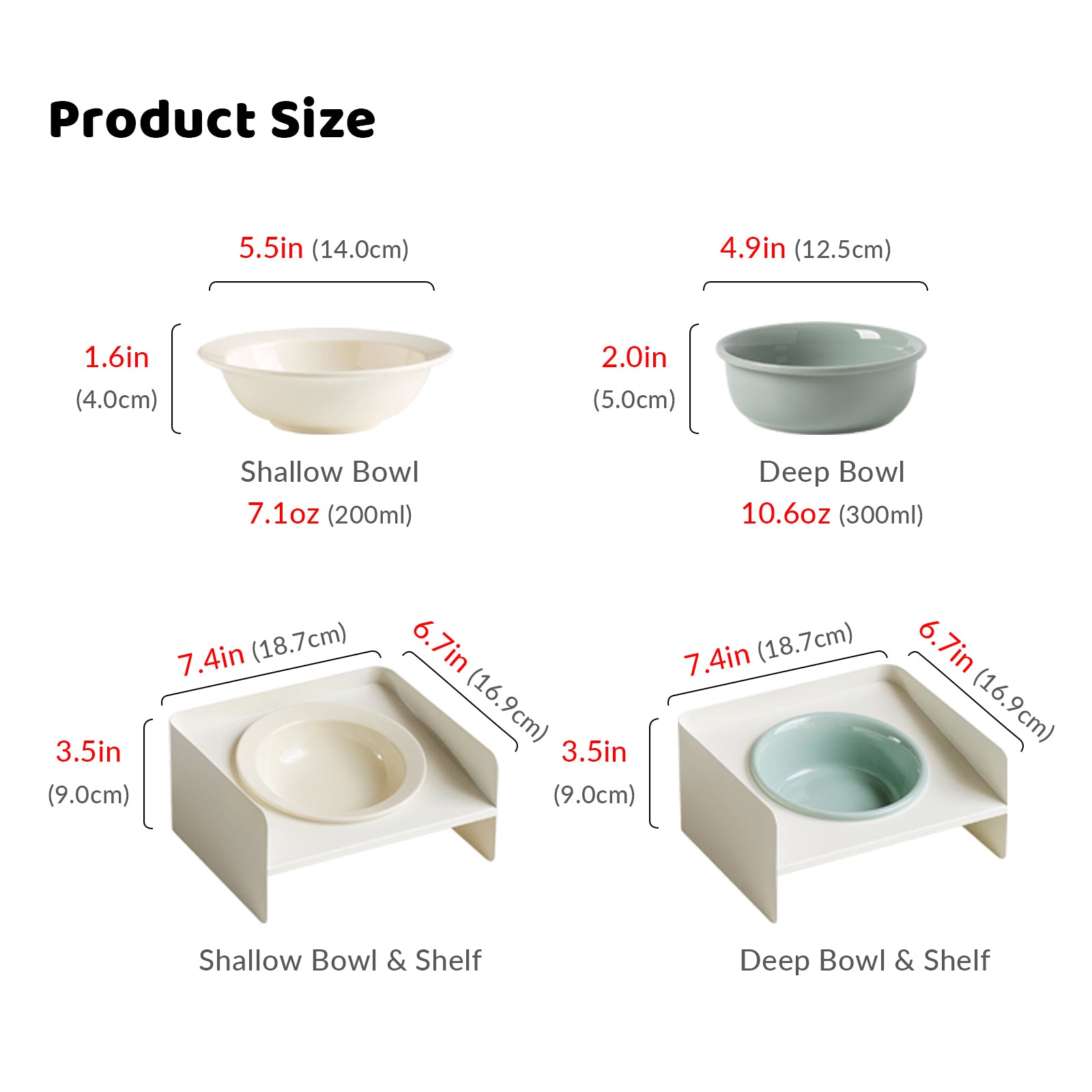
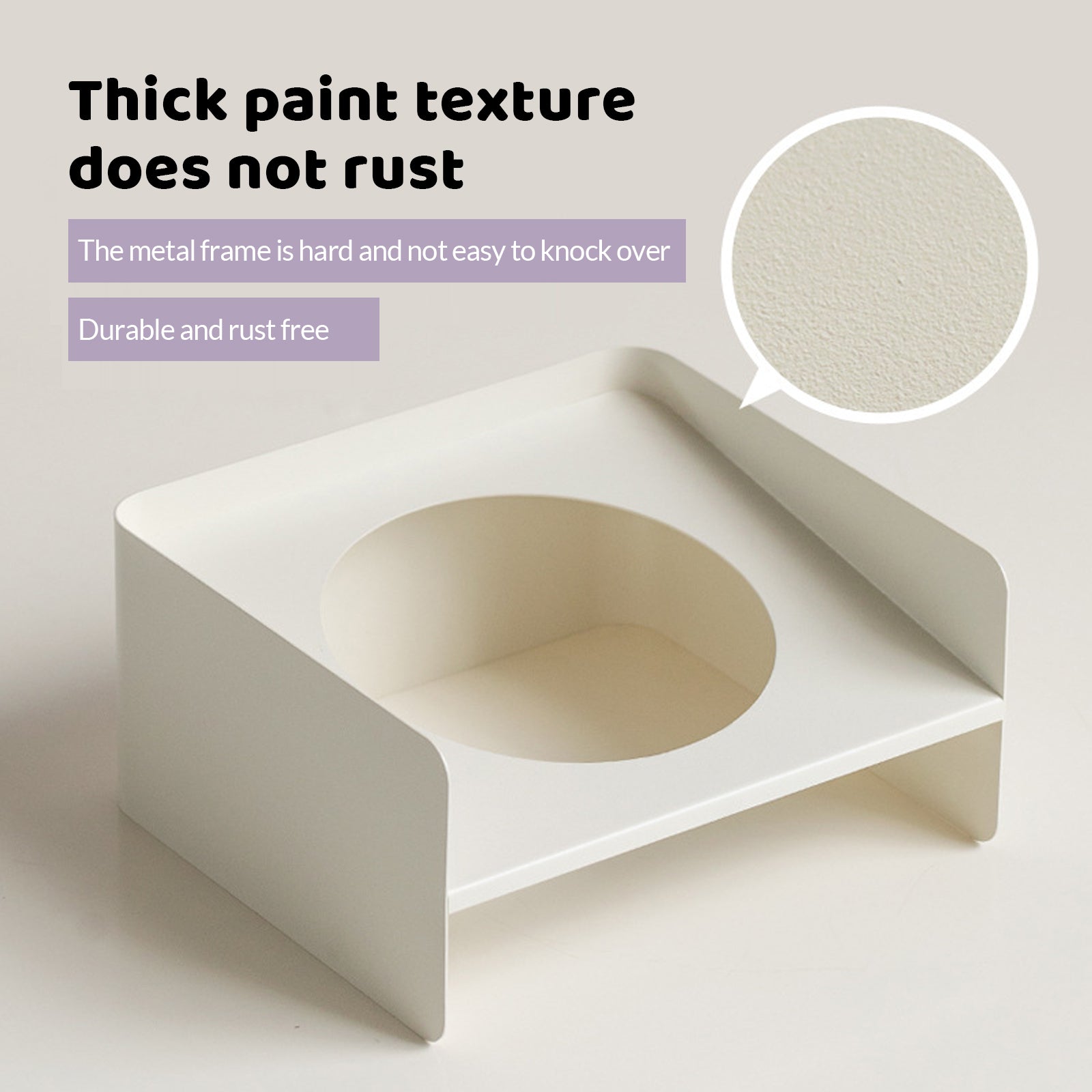
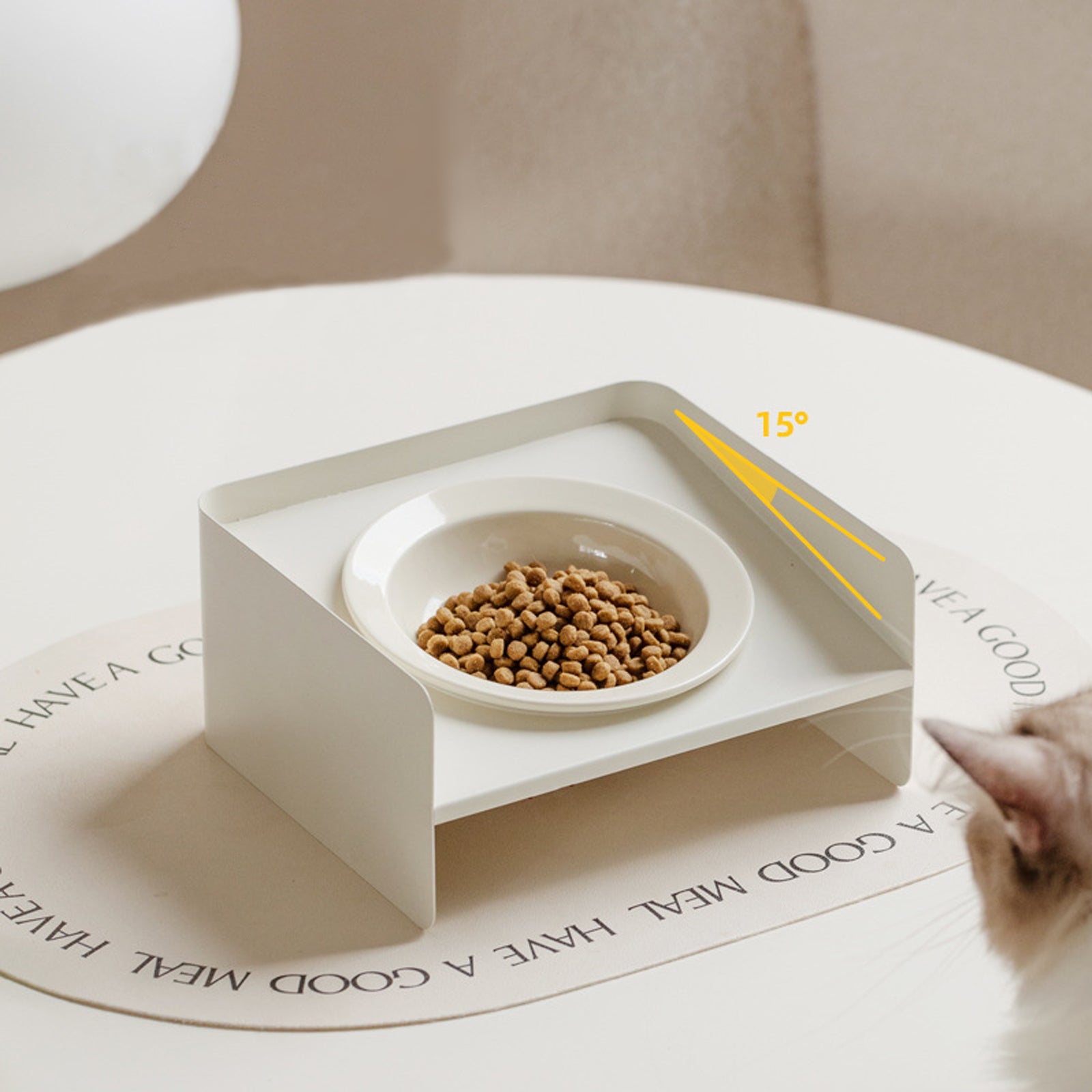
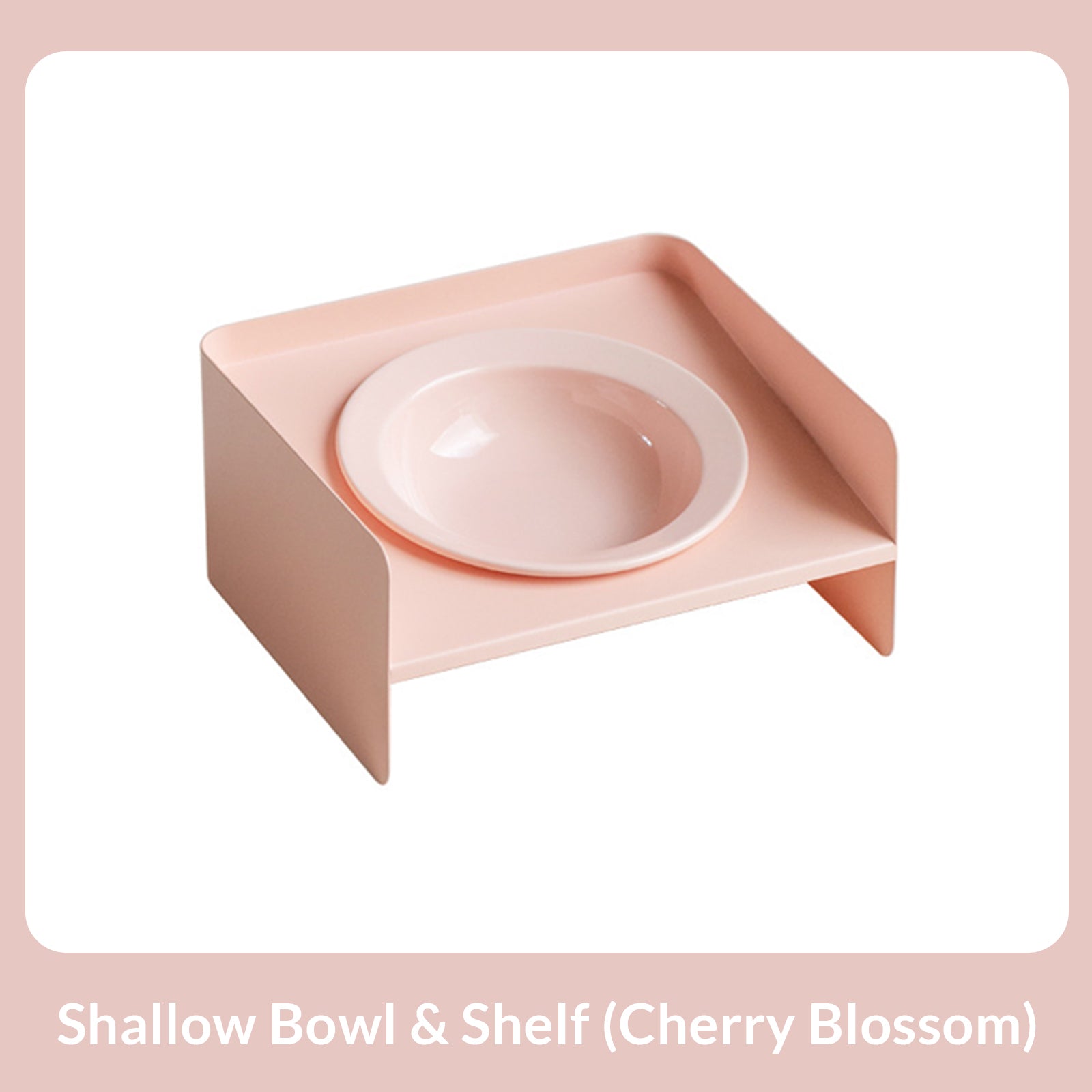
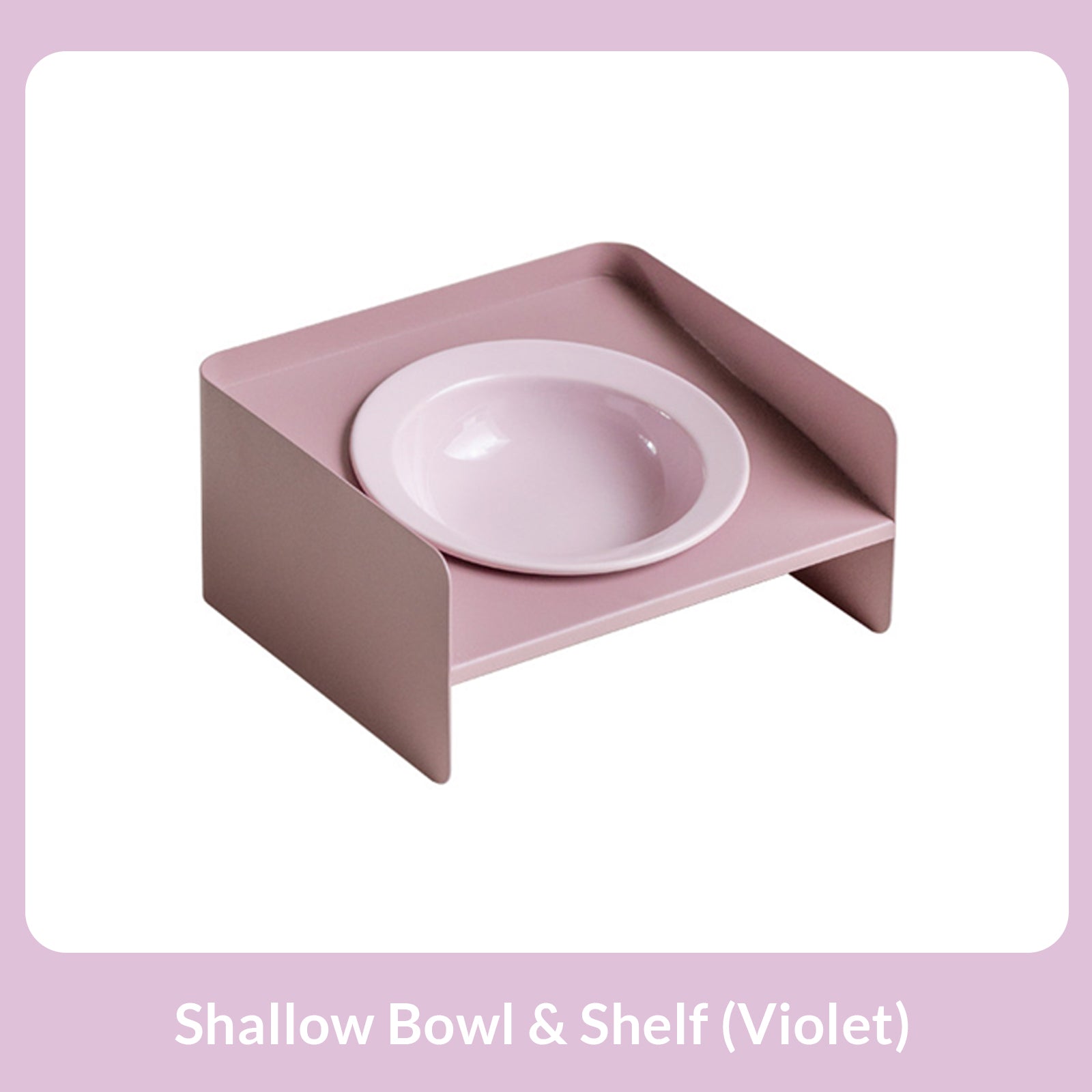
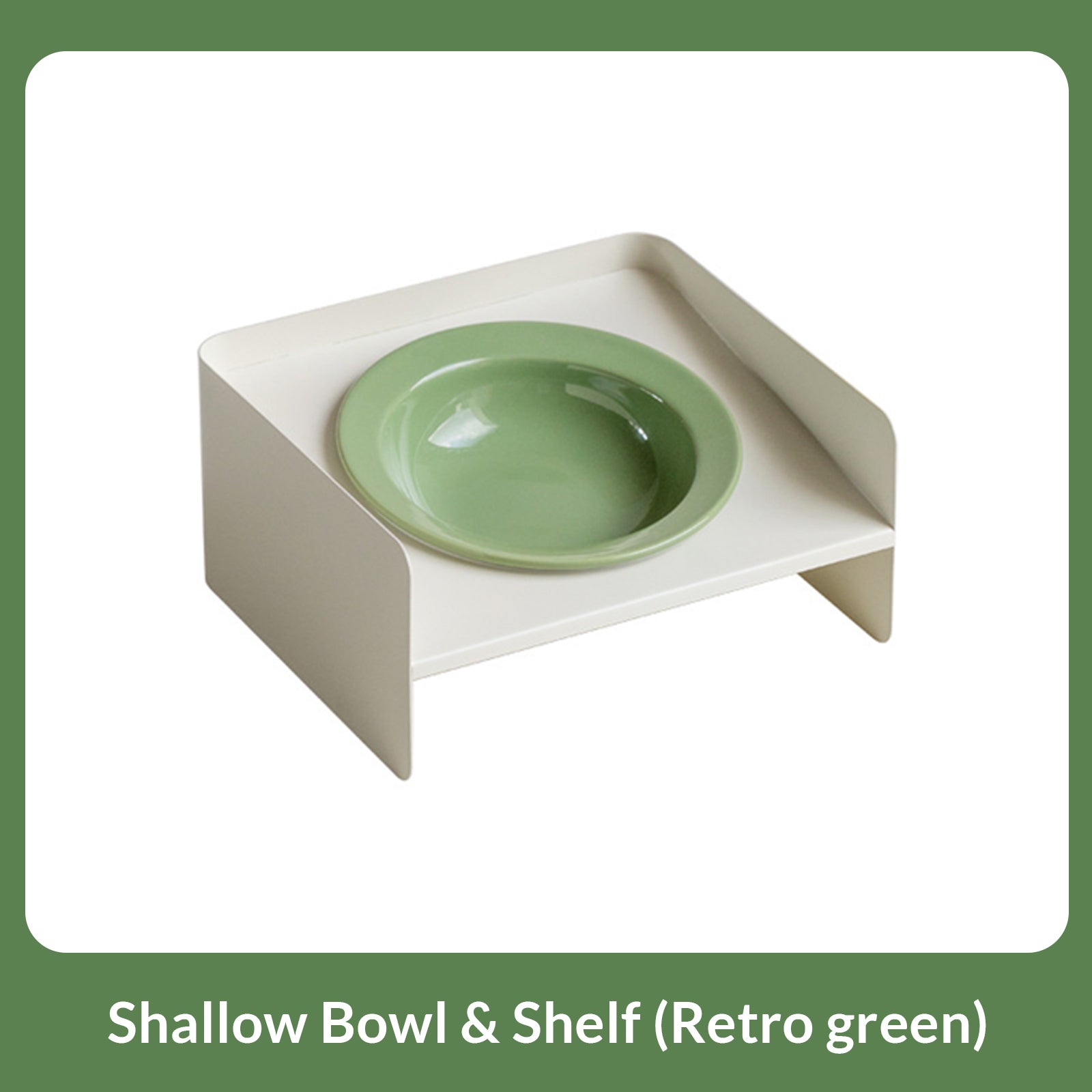
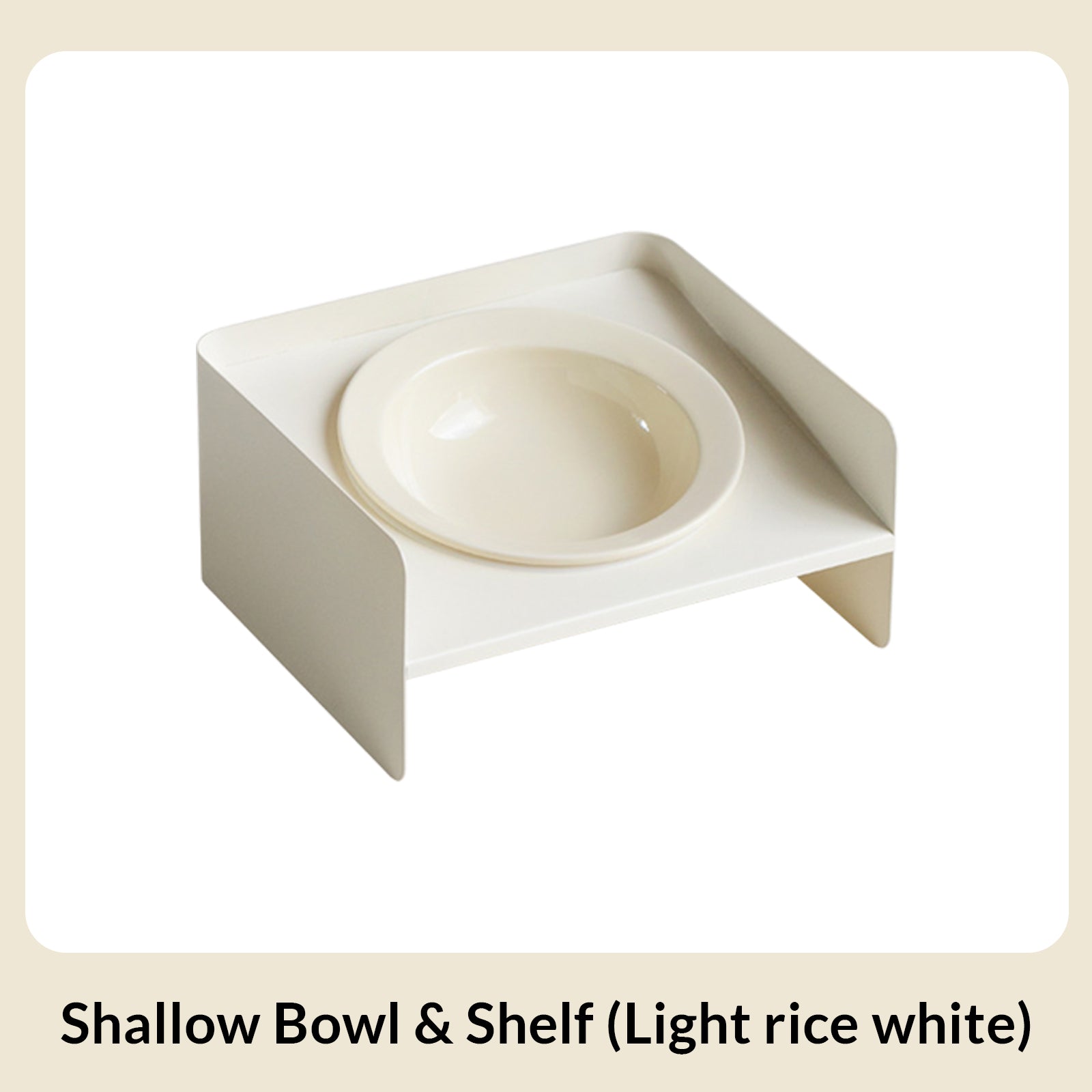
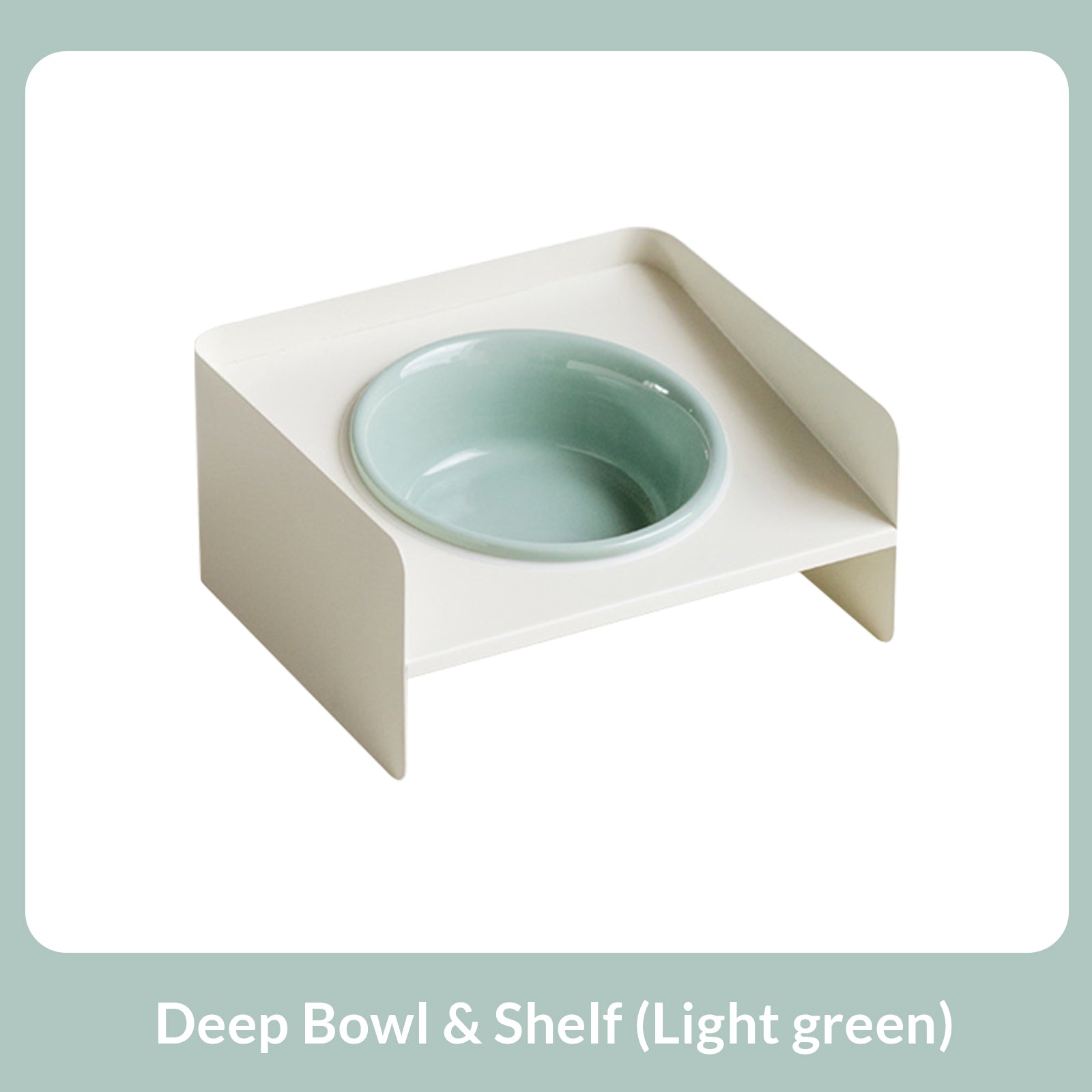
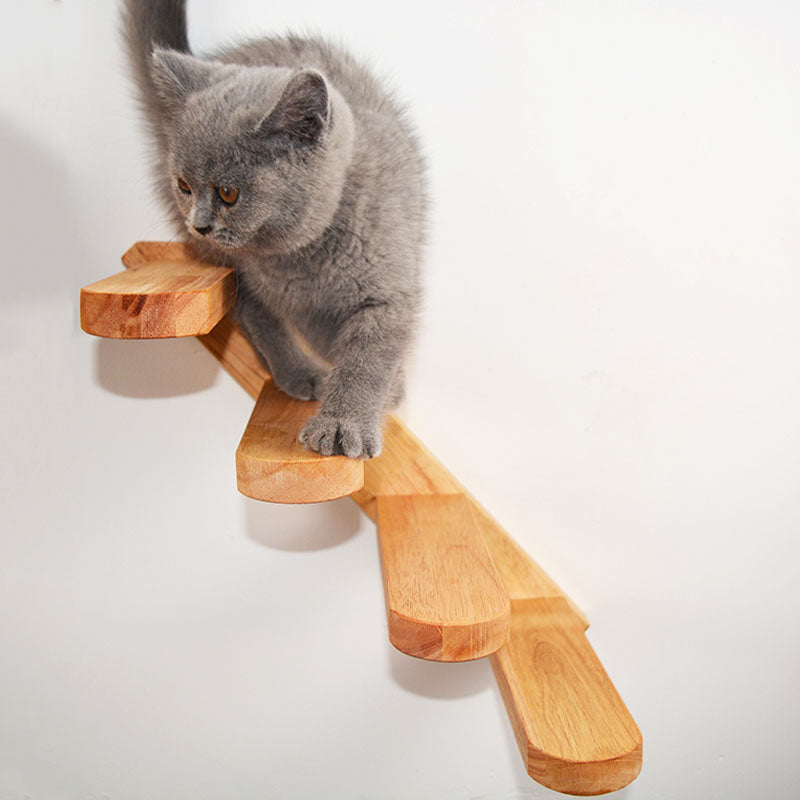

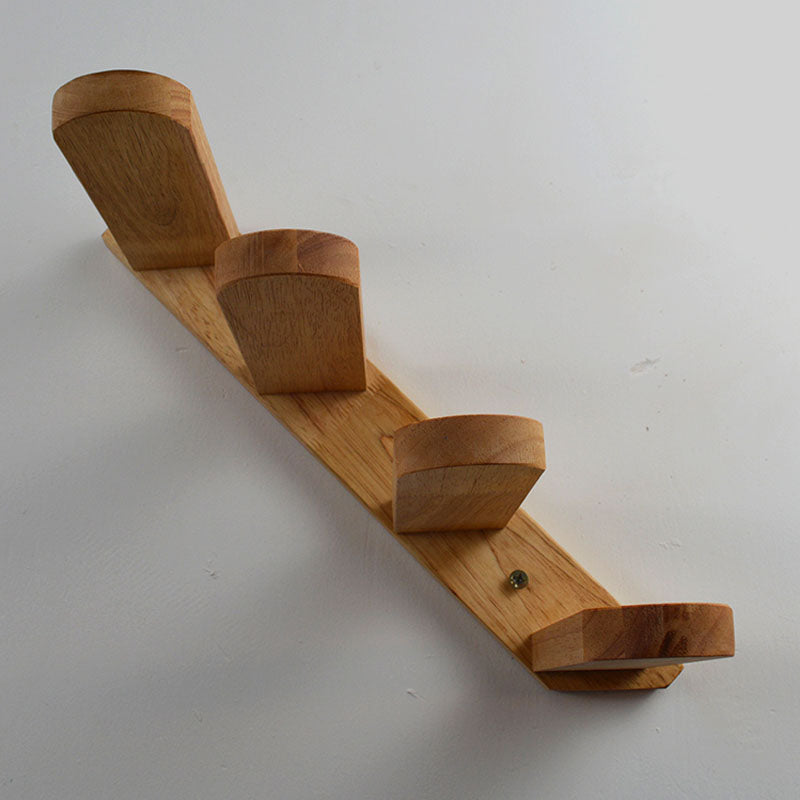


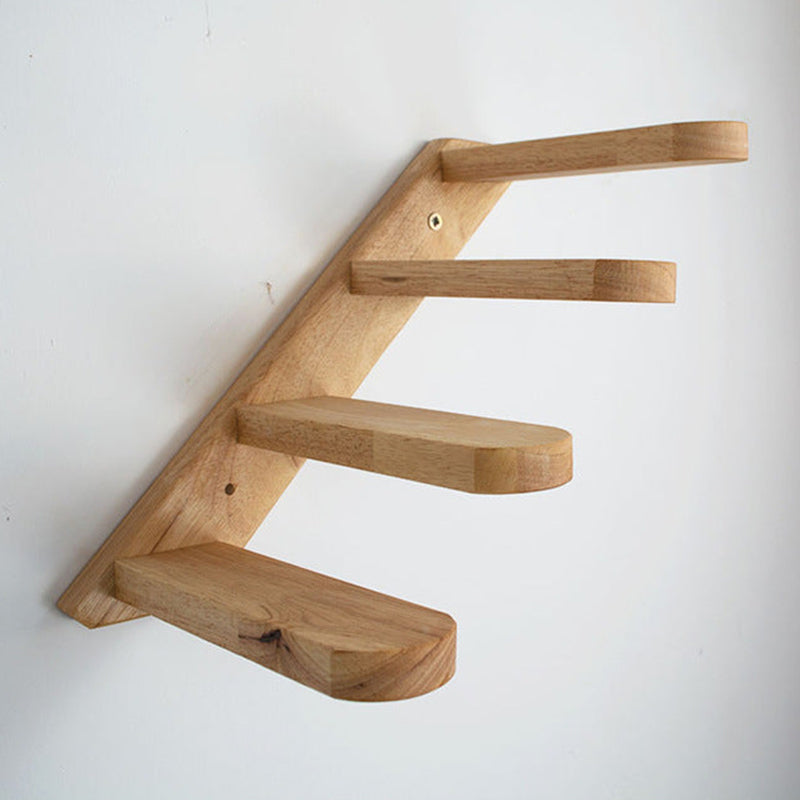

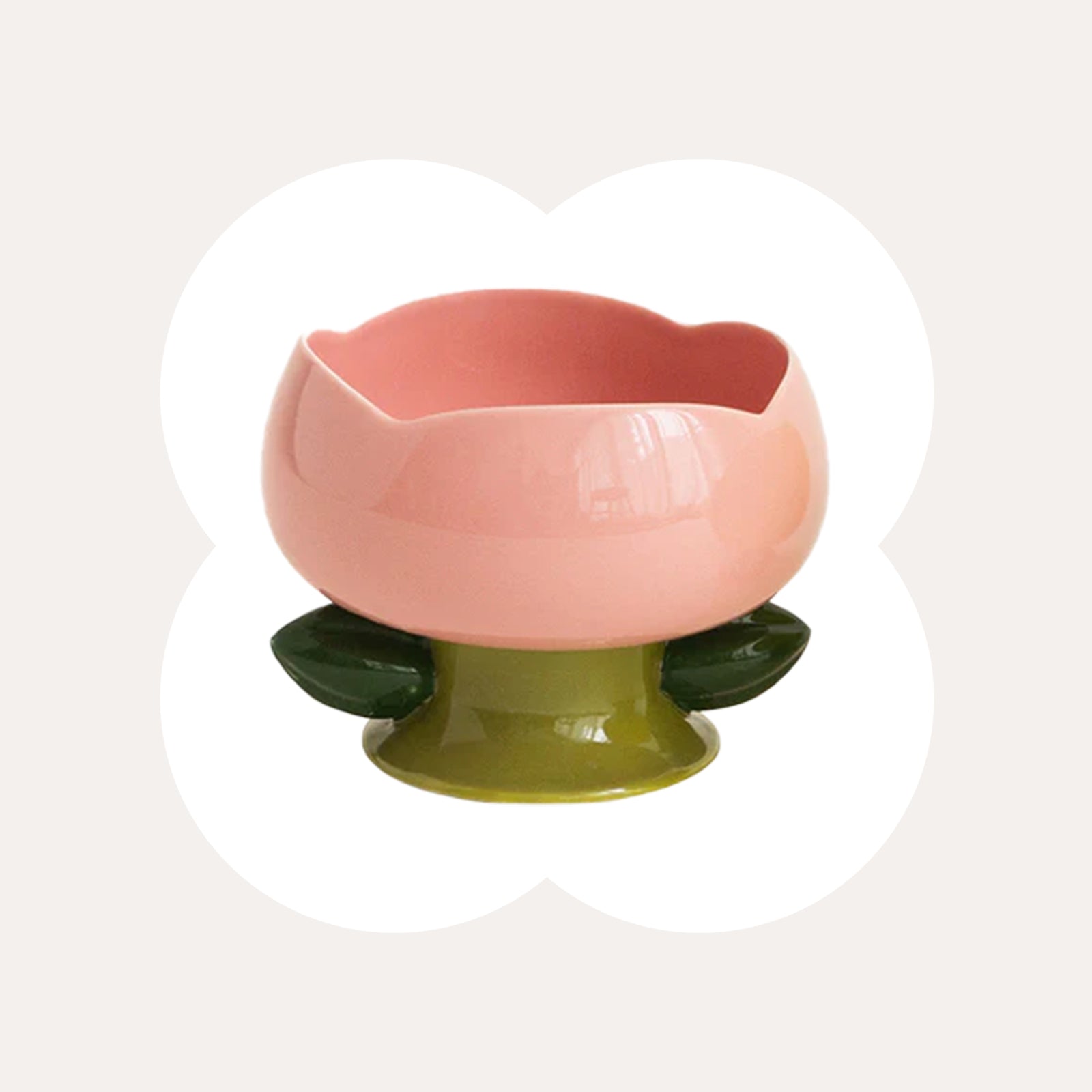
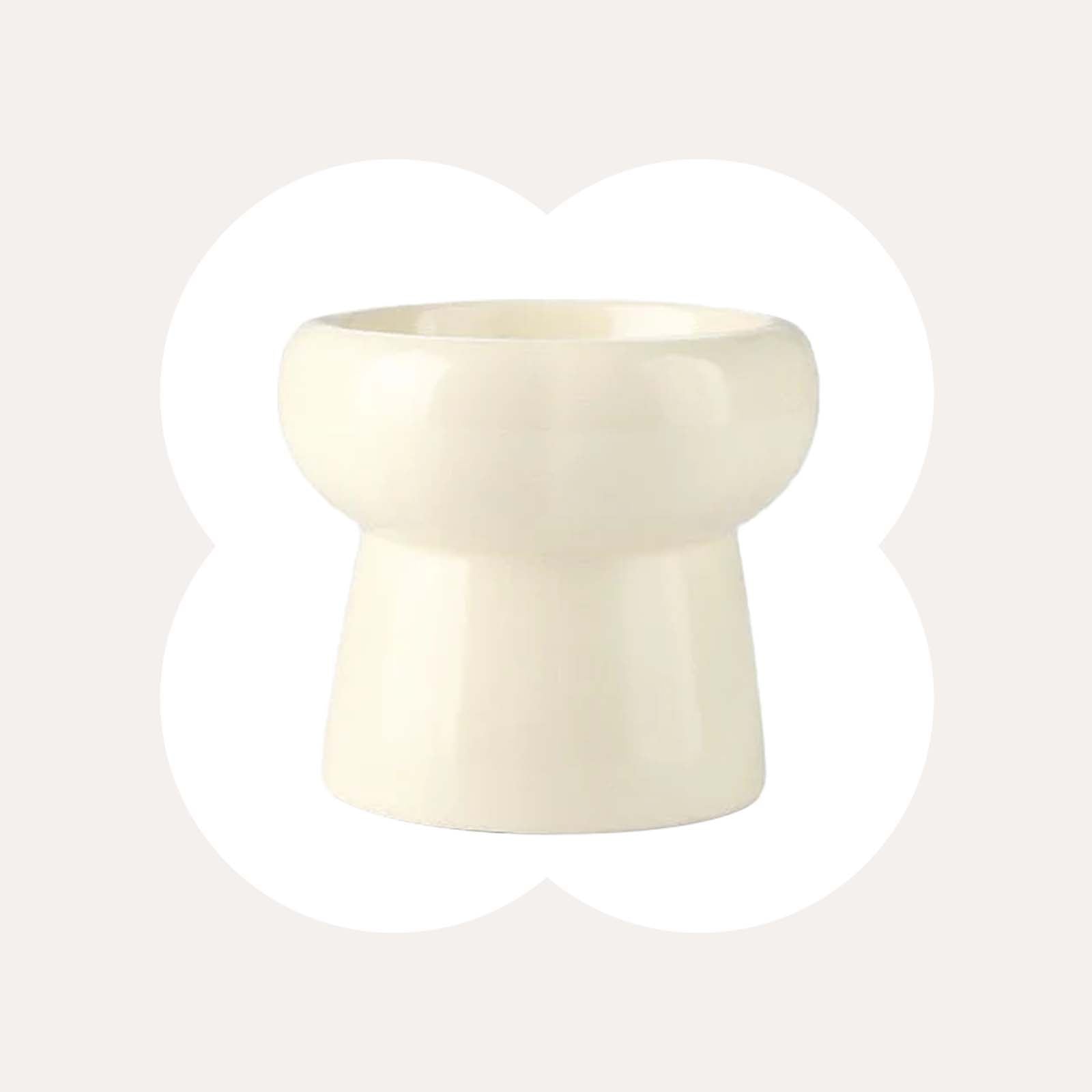
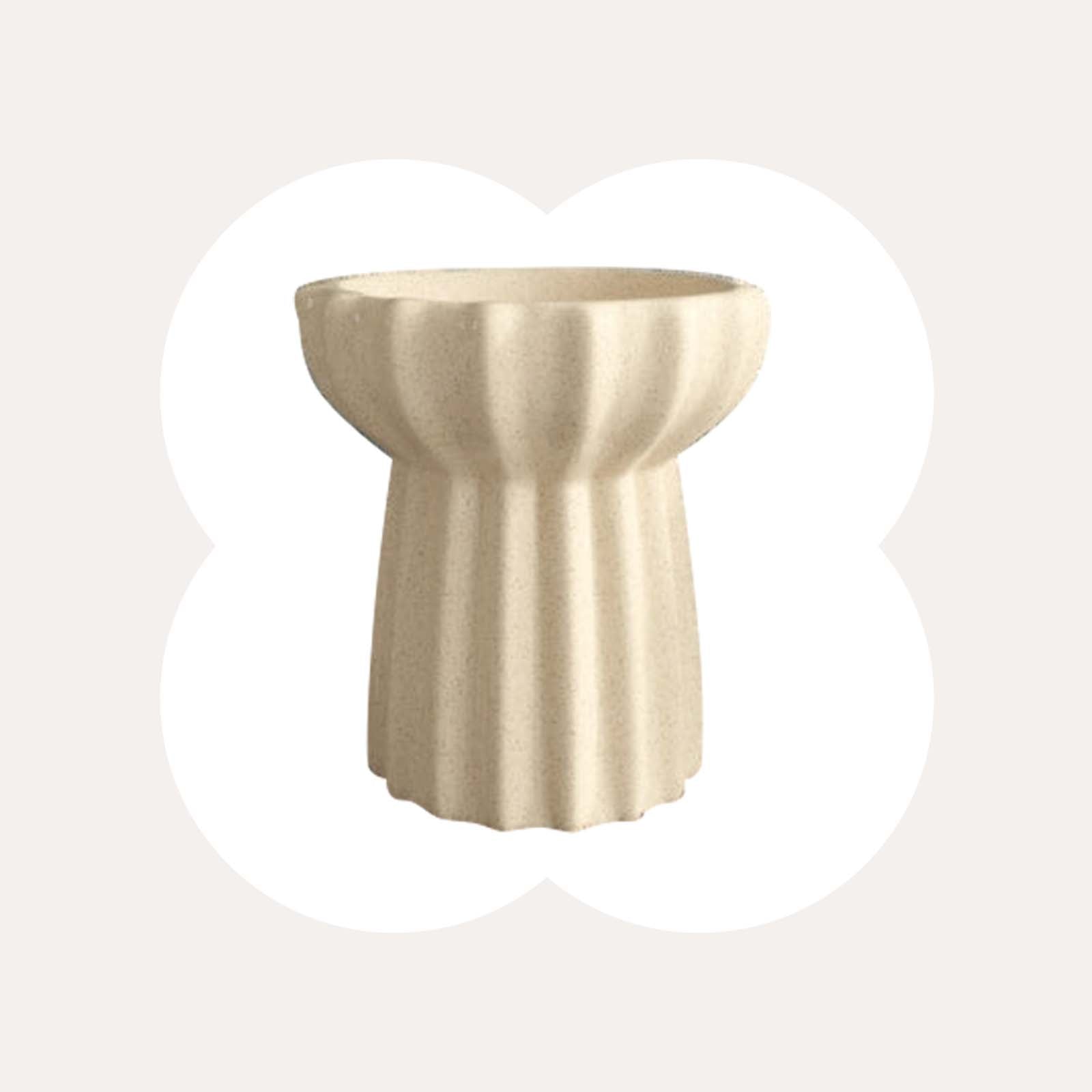
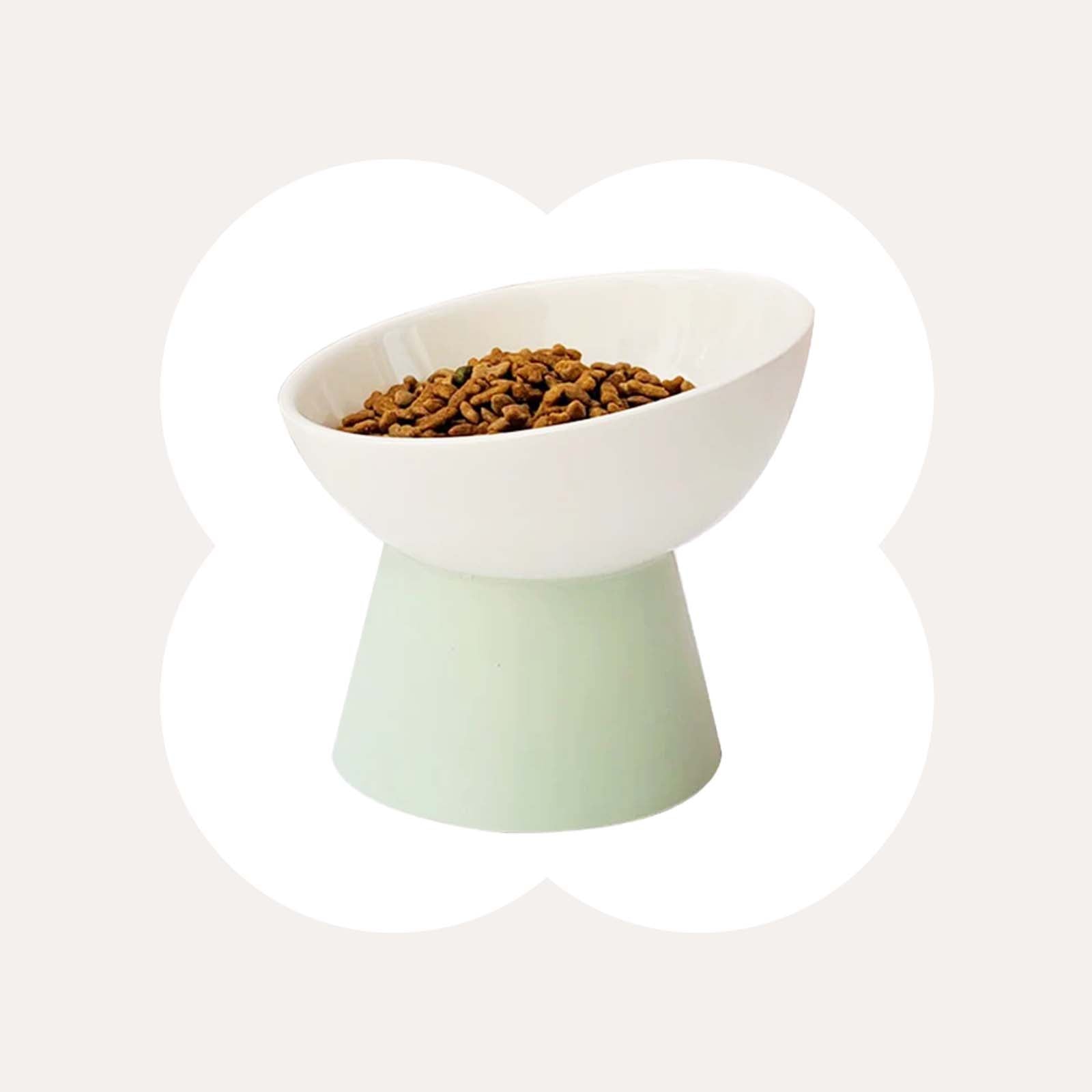
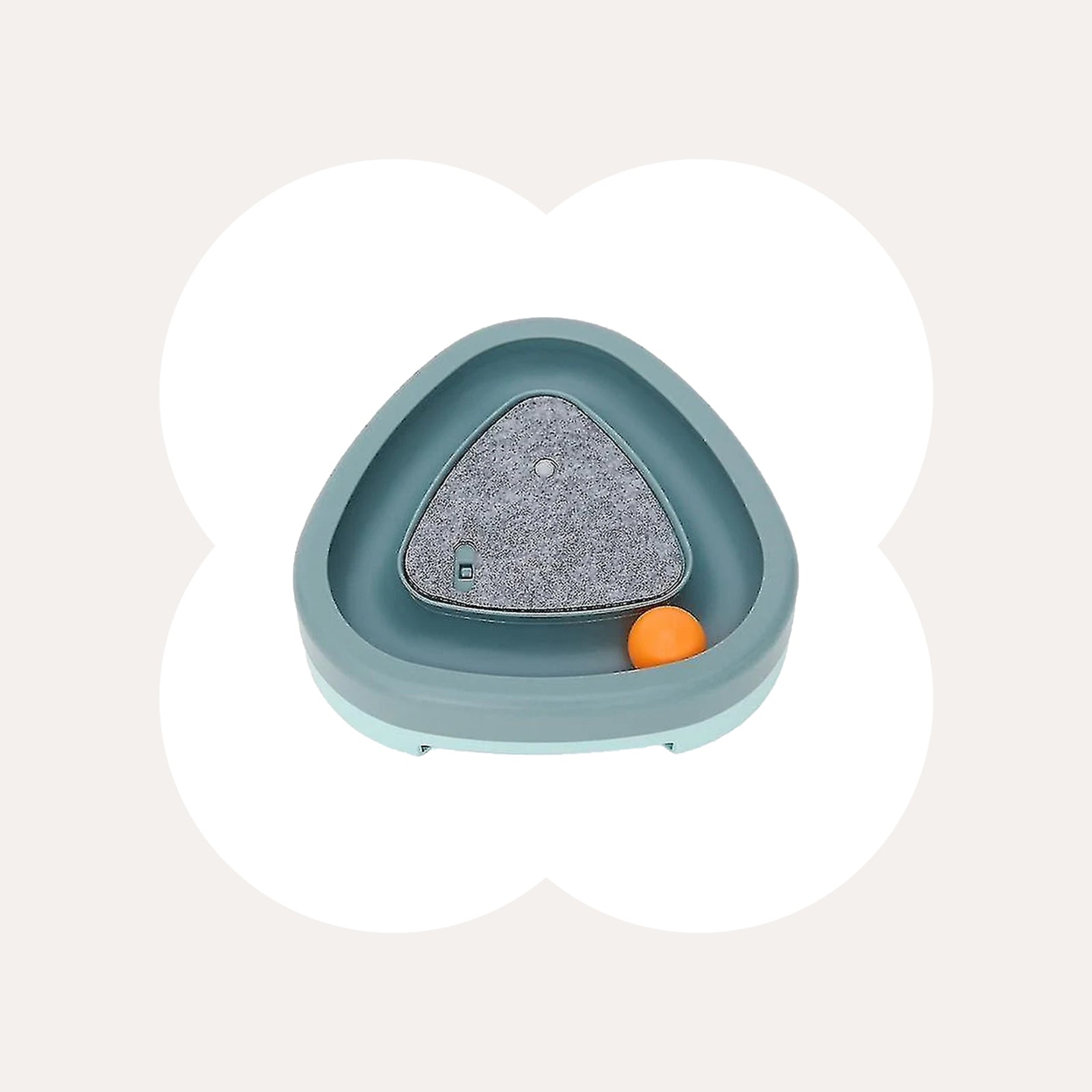






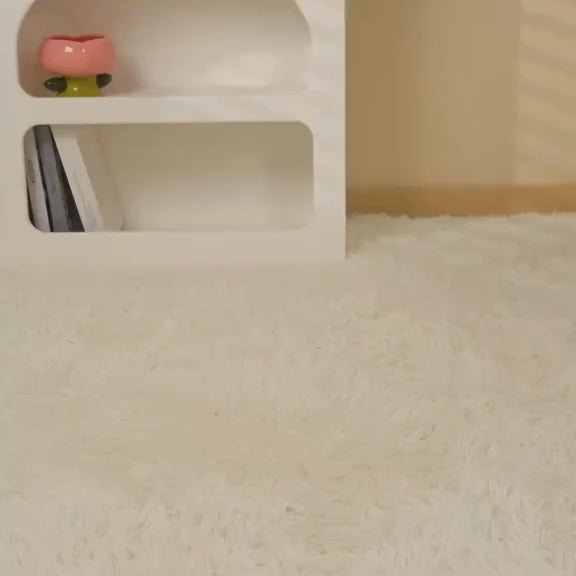





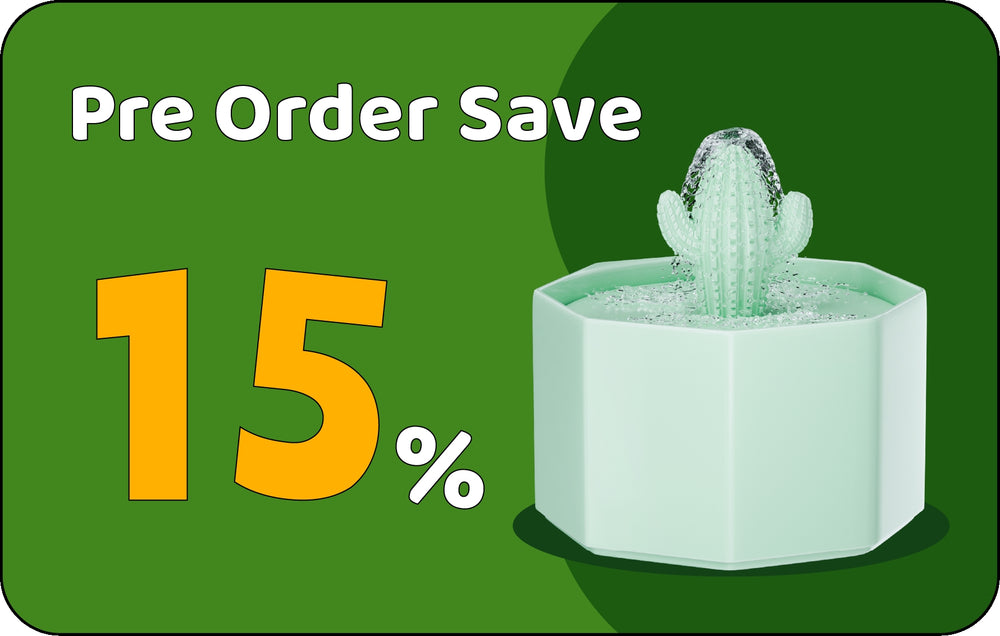
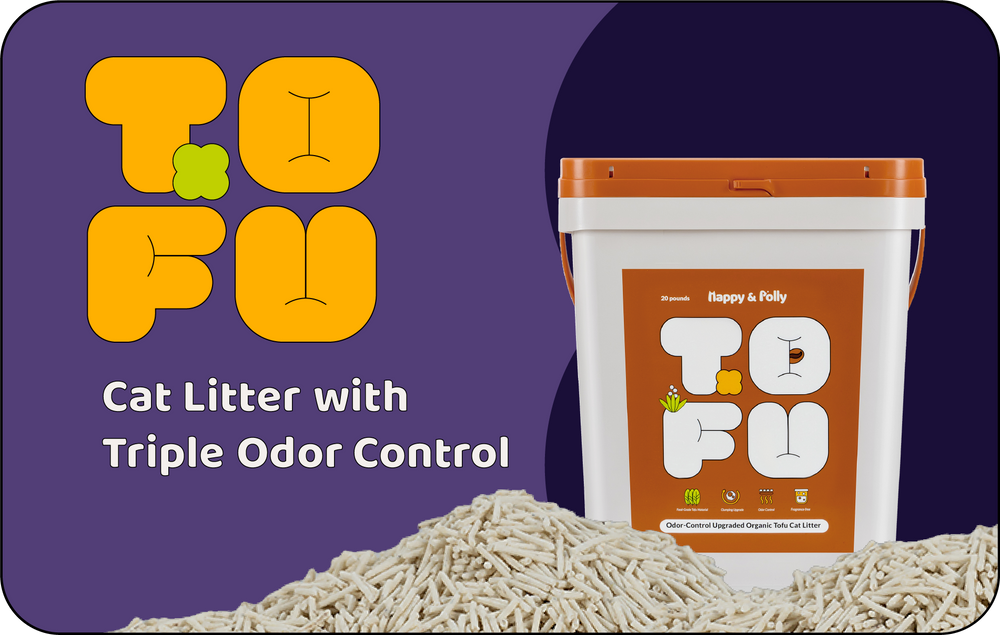














 SHARE
SHARE TWEET
TWEET PIN
PIN